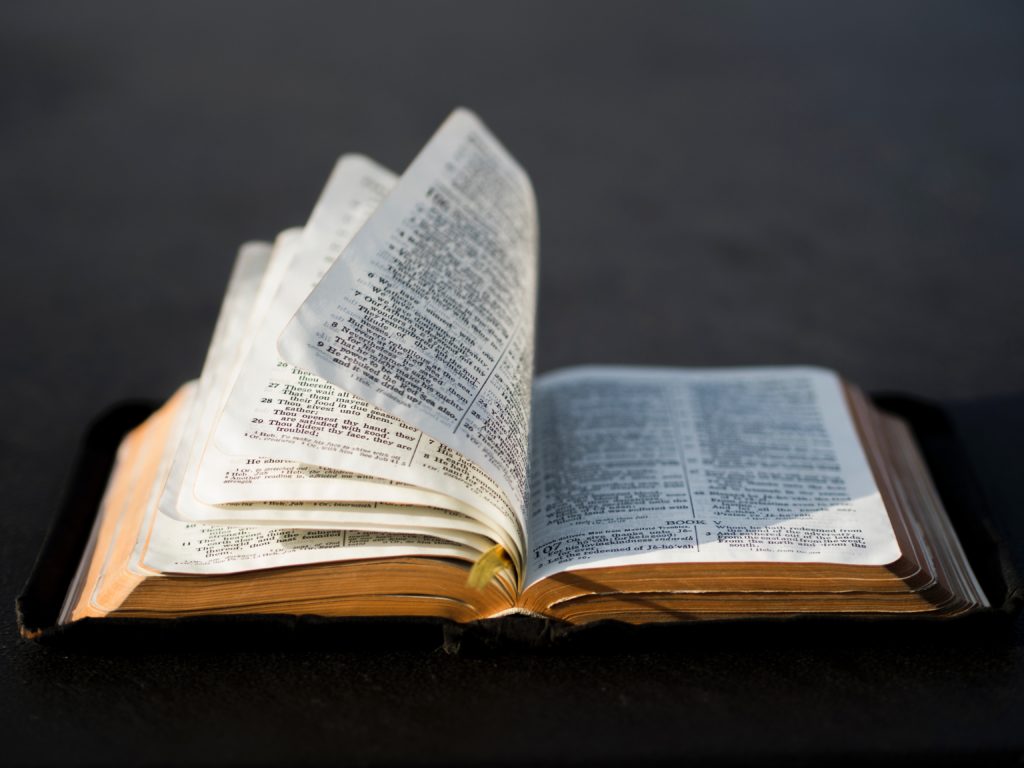
Part 1: The Most Important Thing | Part 2: Moving to the Dump | Part 3: It Gets Worse | Part 4: And Worse | Part 5: Reversal | Part 6: Risen
The exaltation continues.
For forty days and nights the risen Christ walks among His disciples, collecting witnesses to His resurrected glory (1Co 15.5-7). Then, Luke writes, “while they beheld, he was taken up; and a cloud received him out of their sight” (Acts 1:9).
He was taken up. This is a fitting end to His earthly ministry. Surrounded by those He loved to the uttermost (Jn 13.1), He is lifted up from among them to take His place as the glorified Son of God.
His great humiliation comes to an end. He is not left in the garbage dump of earth, to rub shoulders with sinful mankind and suffer the revulsion of sin forever.
The New Testament writers see this moment as a significant event, a major development beyond what the resurrection has already declared. Paul tells Timothy that Jesus—whom, according to a significant manuscript tradition, he calls “God” (1Ti 3.16)—was “received up into glory.” It’s interesting to me that before the ascension, the resurrected Jesus doesn’t appear to exhibit any visible “glory”: at the empty tomb, Mary thinks he’s the gardener (Jn 20.15), and the two disciples on the Emmaus road think he’s just some guy walking in the same direction—and not a very attentive one at that (Lk 24.18), and the disciples on the boat take a minute to recognize the man tending the fire on the beach (Jn 21.7). But with the Ascension, the Son is glorified; his status visibly changes, not only by virtue of his physical ascension—that’s obviously not an ordinary phenomenon—but apparently in his appearance as well.
Peter likewise recalls for his readers the fact that Jesus “is gone into heaven” (1P 3.22) and notes the close association of that event with his reception of cosmic authority.
Which brings us to the immediate subsequent of the Ascension.
Repeatedly the New Testament writers connect the Ascension with the Session, or the fact that on his arrival in the heavenly dimension, the Son took a seat at the right hand of the Father (Ro 8.34; Ep 1.20; Co 3.1). I think the most elegant statement of this concept comes from someone whose name we don’t even know, the anonymous author of Hebrews:
1 God, who at sundry times and in divers manners spake in time past unto the fathers by the prophets, 2 Hath in these last days spoken unto us by his Son, whom he hath appointed heir of all things, by whom also he made the worlds; 3 Who being the brightness of his glory, and the express image of his person, and upholding all things by the word of his power, when he had by himself purged our sins, sat down on the right hand of the Majesty on high; 4 Being made so much better than the angels, as he hath by inheritance obtained a more excellent name than they (He 1.1-4).
That act—sitting down in the presence, and indeed on the right hand, of the Father—is the most impressive and astonishing event in this whole series.
No subject sits in the presence of majesty. Refusing to rise for the king will get an earthly subject’s head removed. How much more an offense it is to sit in the presence of the Majesty on high.
Yet Christ does sit, and it is no offense. He is not subject to His Majesty; He is His Majesty.
He has completed His great work—“It is finished,” he cried on the cross—and now, in an ultimate act of exaltation, He sits down in the presence of the Majesty on high.
There is much more yet to say. We have departed somewhat from our initial text in Philippians 2, and Paul there tells us more about this phase of Christ’s ministry. And the next one.
We continue in the next post.
Part 8: Enthroned | Part 9: Coming Again | Part 10: Final Thoughts
Photo by Aaron Burden on Unsplash

Leave a reply. Keep it clean.